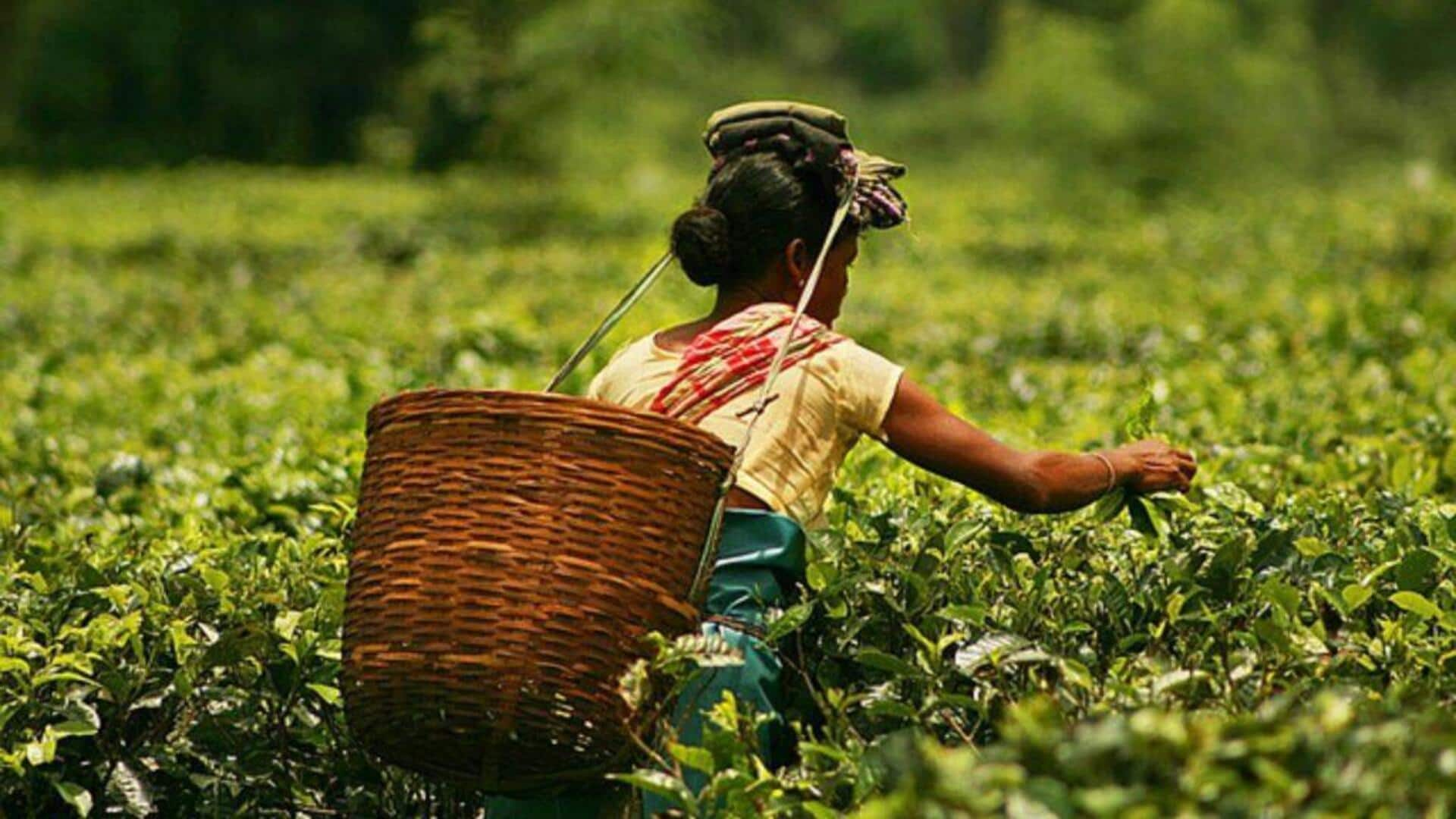
Assam tea's journey: Origin and cultivation
What's the story
Assam, a northeastern state, is known for its sprawling tea gardens. The state's tea industry, established in the early 19th century, is an integral part of its economy and culture. A trip through these tea trails would show you how old and new techniques combine to create some of the best teas in the world.
#1
The origins of Assam tea
The tale of Assam tea dates back to 1823 when Robert Bruce found indigenous tea plants growing wild in the region. This discovery prompted the British East India Company to commercially cultivate the tea, changing the course of global tea production forever. By 1839, the first consignment of Assam tea was auctioned in London, cementing its reputation of strong flavor and briskness.
#2
Cultivation techniques over time
Tea cultivation has come a long way in Assam. From depending on hand labor and old techniques, plantations now use mechanization for improved efficiency. However, despite technological developments, a majority of estates still depend on hand-picking to ensure only quality leaves are used for processing. This combination of old and new practices sustains the unique character of Assam teas.
#3
Impact on local economy
The tea industry serves as the backbone of Assam's economy, employing more than one million people directly or indirectly. It also contributes to India's total tea output with more than 50% every year. The sector sustains local communities by providing jobs and driving economic growth through exports.
Tip 1
Visiting tea estates today
Visitors can explore numerous estates offering guided tours showcasing every step from plucking leaves to packaging finished products. These tours serve as an educational experience about sustainable farming practices while giving guests a chance to sample various blends straight from source plantations—an opportunity not found easily outside this region's unique environment.